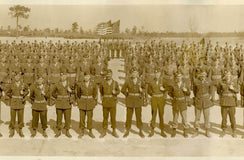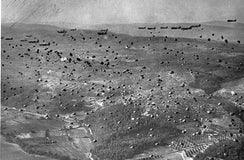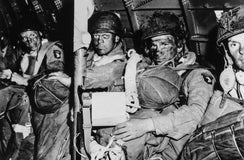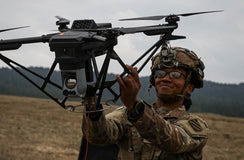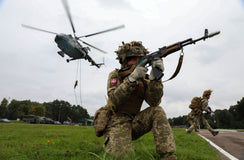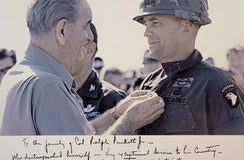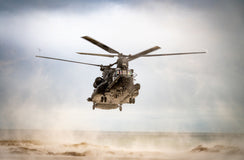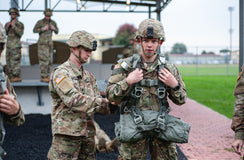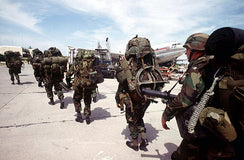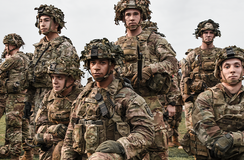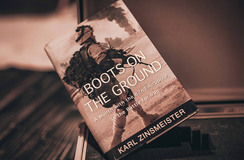How the modern backpack parachute came to be (part 2)
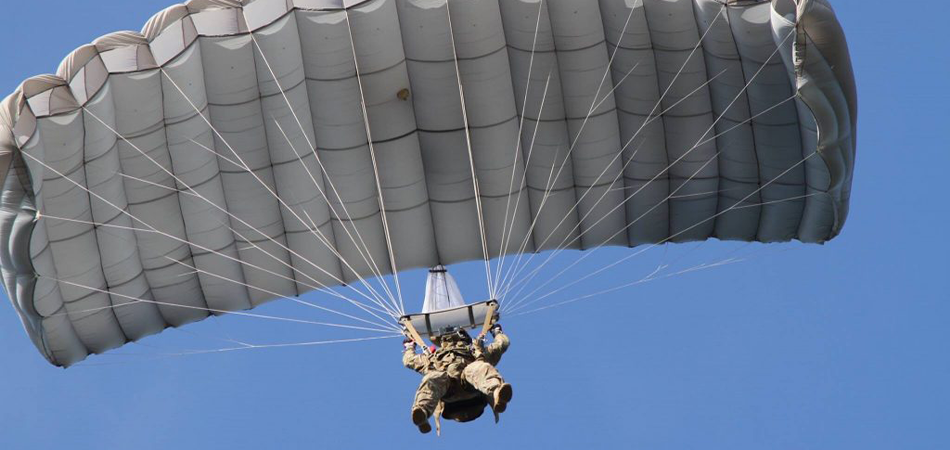
In part 1, we looked at how the modern backpack parachute came to be and how it has evolved. In part 2, we'll look at how the modern backpack parachute is used and how it has evolved. The modern backpack parachute is used for various purposes, including sport parachuting, skydiving, BASE jumping, and military operations.
The 1980s and '90s saw several improvements to the backpack parachute. One of the most significant was the introduction of the "ram-air" canopy.
The ram-air canopy is a wing-shaped fabric inflated by the airflow around it, much like a wing on an airplane. This gives the canopy much better performance than the older "round" canopies, which were simply round pieces of fabric that were pulled open by the weight of the jumper. Ram-air canopies can be steered and maneuvered much more precisely than round canopies, making them much safer to use. They also allow jumpers to land in smaller areas, and to make "soft" landings that are easier on the body.
Another significant improvement to the backpack parachute was the introduction of the "automatic activation device" or AAD. The AAD is a small computer that is attached to the parachute pack. It monitors the speed and altitude of the jumper, and will automatically deploy the parachute if the jumper is falling too fast or too low. AAD's have greatly increased the safety of skydiving, and have saved the lives of many jumpers who might otherwise have been killed.
On the military side, the introduction of the "steerable parachute" in the early 1990's revolutionized the field of "para-rescue" - the art of rescuing soldiers and others who are in danger of being killed or captured by the enemy. Steerable parachutes allow rescuers to land precisely in small, dangerous areas, and to extract people quickly and safely. They have been used in many high-profile rescue operations, including the rescue of American pilot Scott O'Grady after he was shot down over Bosnia in 1995.
The 1990s also saw the introduction of the "container" system for backpack parachutes. In the past, the parachute itself was packed into a large canvas bag. The bag was then attached to the jumper's back with a series of straps and buckles. The new "container" system uses a sturdy plastic or metal container that is attached directly to the jumper's back. The parachute is packed into the container, and the container is closed and secured with a series of latches and locks.
The container system is much safer and more reliable than the old canvas bag system. It is also easier to use, since the jumper does not have to fumble with straps and buckles in an emergency.
Conclusion
It's amazing how something as seemingly simple as a backpack parachute can have such a complicated and interesting history. Today, backpack parachutes are taken for granted by many people, but it's important to remember the journey they took to become the reliable and life-saving devices they are today. Thanks to the hard work of many people over the years, we now have a parachute that can be easily deployed in an emergency situation, and that has helped to save countless lives.


